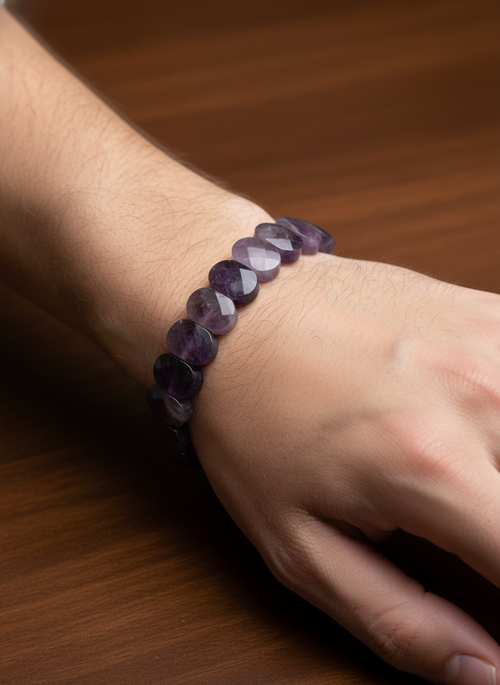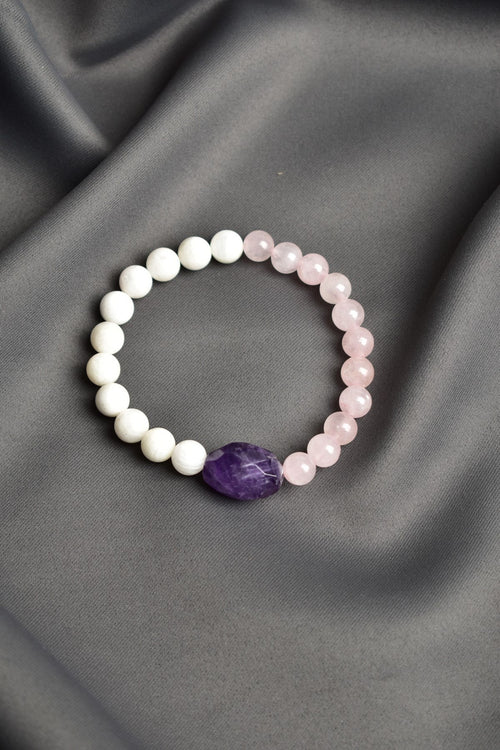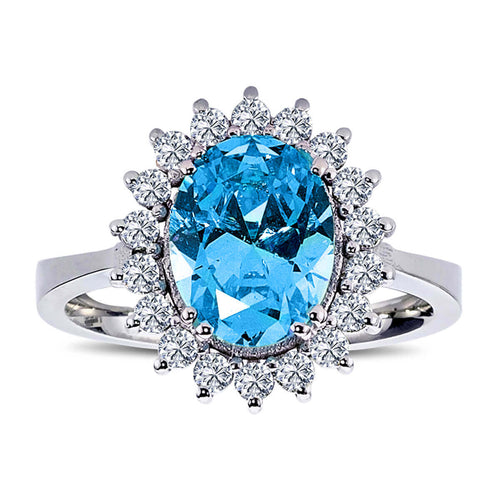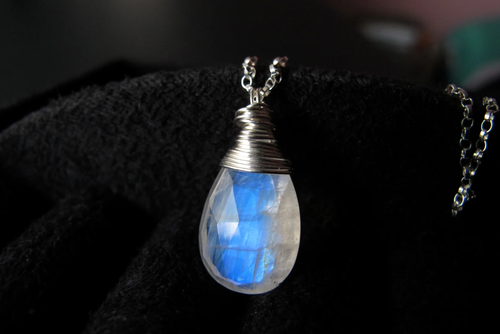ALL PRODUCTS IGSL INTERNATIONAL CERTIFIED
Anyolite is a type of zoisite mineral that usually contains red-colored rubin crystals within a green-colored zoisite matrix. This unique combination makes the stone visually appealing and valuable. This article examines where Anyolite is mined, its mineral structure, areas of use, and price differences.
Where is Anyolite Stone Extracted From?
Anyolite can be found in a limited number of regions around the world. The main anyolite deposits are in Tanzania and Kenya. Tanzania in particular is one of the most important sources of this stone.
- Tanzania: The best known and largest deposits of anyolite are found in Tanzania, especially in the Longido region.
- Kenya: Kenya, adjacent to Tanzania, is another important region where anyolite stone is mined.
Mineral Structure
Anyolite is a stone belonging to the zoisite mineral and its chemical formula is Ca2Al3(SiO4)3(OH). The stone contains red rubin crystals in a green zoisite matrix. Anyolite crystallizes in the orthorhombic crystal system and has a hardness of 6 - 7 degrees for zoisite and 9 degrees for rubin on the Mohs hardness scale. These features make the stone durable and suitable for jewelry making.
Areas of Use of Anyolite Stone
Anyolite is widely used in various jewelry and ornaments due to its aesthetic and durability properties. Here are some types of jewelry in which Anyolite stone is used:
- Necklace: Anyolite necklaces are popular jewelry that showcase the stone's unique color combination.
- Ring: Anyolite rings are often used with precious metals such as silver or gold.
- Earrings: Anyolite earrings are among the jewelry that highlights the natural beauty of the stone.
- Bracelet: Anyolite bracelets are preferred accessories for both daily use and special occasions.
- Rosary: Anyolite rosaries are used for both spiritual and aesthetic purposes.
Price Differences
The price of Anyolite stone varies depending on various factors. These factors include the color, clarity, cut, carat weight and source of the stone. Here are the main factors that affect Anyolite prices:
- Color and Color Distribution: The most valuable anyolite stones are those with a distinct and aesthetic distribution of green zoisite and red rubin crystals.
- Clarity: Anyolite stones that are clear and free of internal inclusions are in greater demand and hence sell for higher prices.
- Cut: Professionally cut and polished anyolite stones are more valuable because they reflect light better.
- Carat Weight: Larger and heavier anyolite stones generally command higher prices than smaller stones.
- Source: High quality anyolite stones from Tanzania and Kenya are often more valuable than those from other sources.
Conclusion
Anyolite stone is a valuable natural stone with its unique color combination and durability. This stone, which is mined in a limited number of regions around the world, is widely used in jewelry and ornaments with its aesthetic and physical properties. Its chemical structure and physical properties make Anyolite a sought-after stone in jewelry making. Anyolite stone, whose price varies depending on color, clarity, cut, carat weight and source, has a valuable place both in jewelry making and in collections.



























